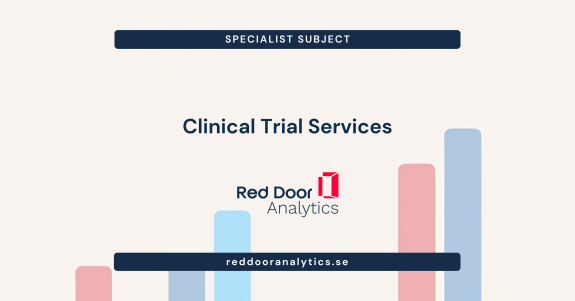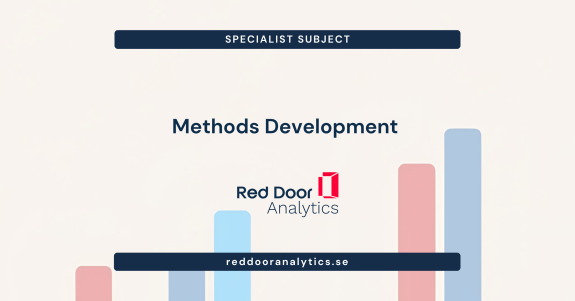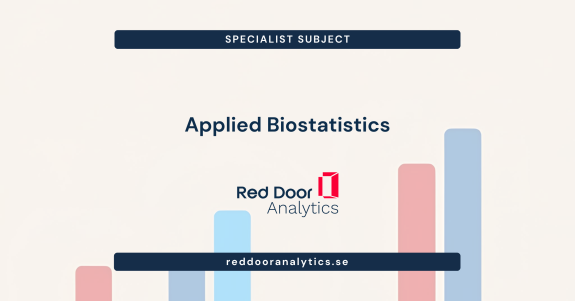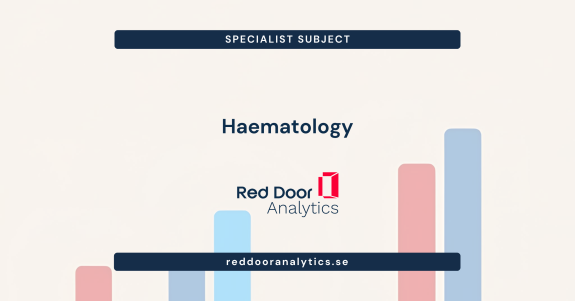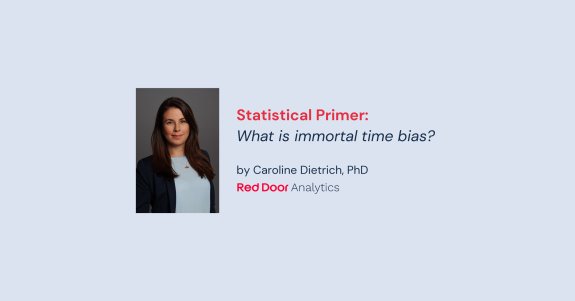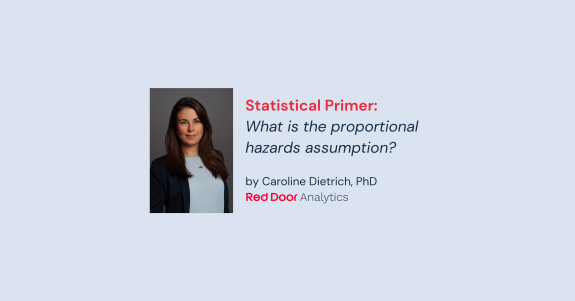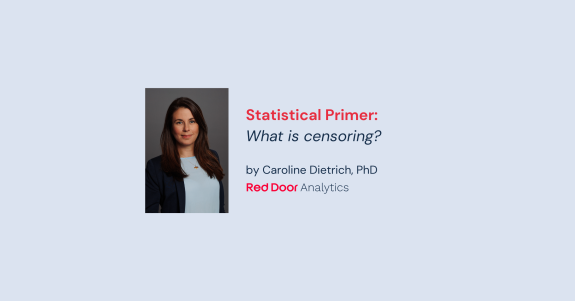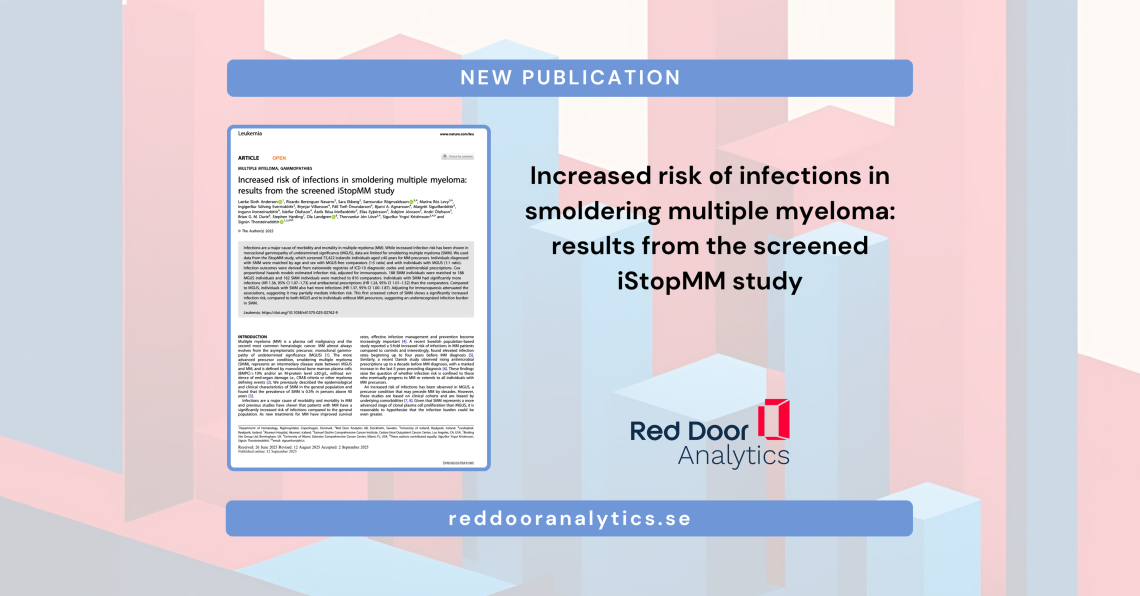
In our latest publication, we investigated infection risk in individuals with smoldering multiple myeloma (SMM) using data from the iStopMM study in Iceland. SMM is an asymptomatic precursor condition to multiple myeloma, affecting approximately 0.5% of people over 40 years old (Thorsteinsdóttir et al., 2023). This study includes 188 individuals with SMM from a screened population-based cohort, providing first insights into infection risk in this patient group. We found that individuals with SMM had significantly increased infection risk compared to both those without precursor conditions and those with MGUS (the earlier precursor stage). These findings revealed an so far underestimated infection burden even among low risk SMM patients.
Two questions to Sara
What was the most interesting part of this project for you?
One aspect I found particularly important in this project was the ability to evaluate infection risk in asymptomatic SMM within a screened, population-based cohort. Because SMM was identified independently of clinical presentation, the study avoids many of the selection and referral biases that typically affect clinically detected samples. This provided a rare opportunity to estimate infection risk at a truly early stage and to separate disease-related vulnerability from healthcare-seeking patterns. It also allowed us to place SMM in a broader continuum of precursor conditions and to examine how early immune alterations may translate into real-world outcomes.
What is the key takeaway from this publication?
The main takeaway is that individuals with SMM have a higher infection risk than both MGUS patients and those without precursor conditions, including those classified as low-risk SMM. This shows that infection susceptibility arises earlier in the disease course than is often assumed, even among patients who appear clinically stable. The findings highlight the need to recognise immune impairment already at the SMM stage and suggest that infection risk may warrant more explicit consideration in follow-up strategies. Taken together, the results underscore the importance of viewing SMM not only through a progression lens but also through its broader clinical implications, including vulnerability to infections.

